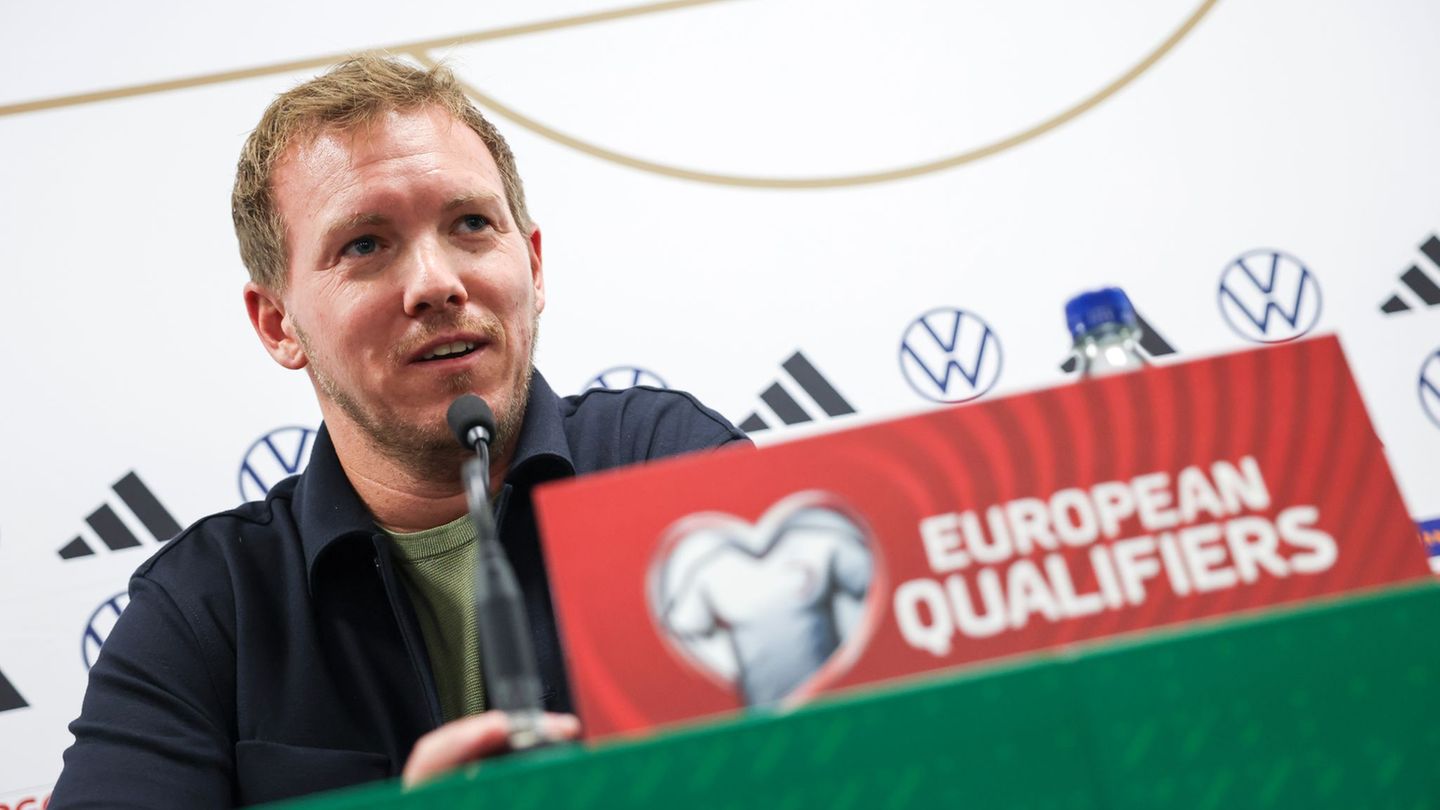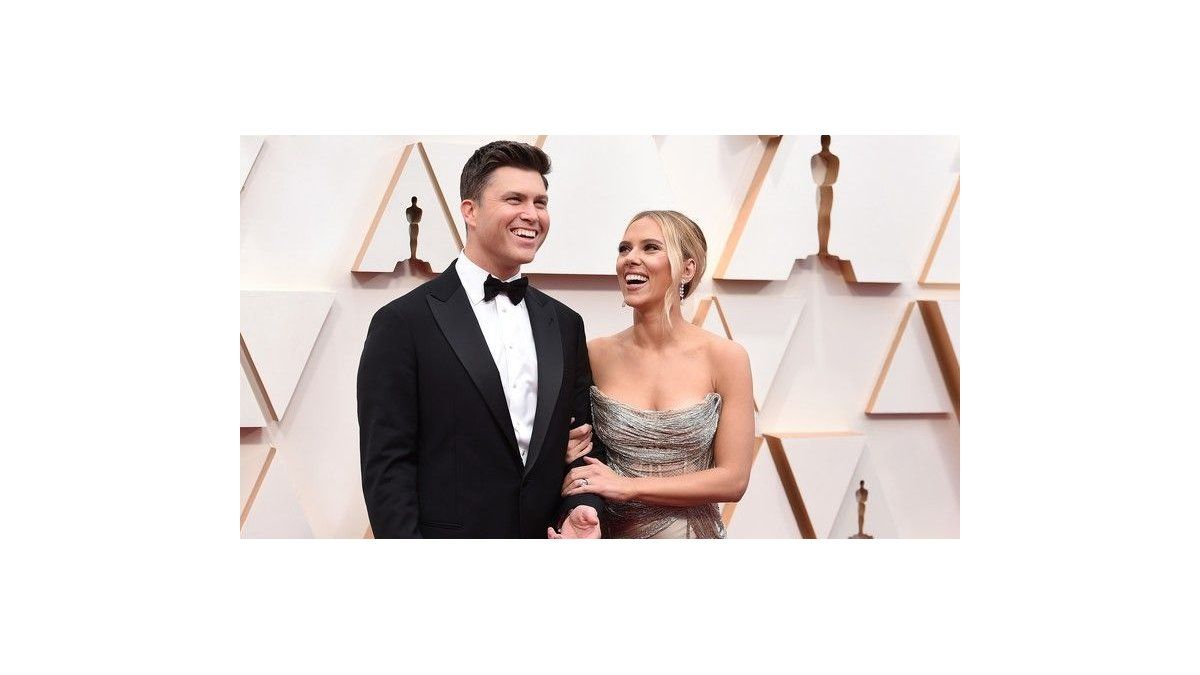A journalist took a glass of seawater on TV unleashed an urgent debate. What water we consume and how to ensure it before the climatic crisis.
The scene was striking: in full television program, the journalist Agustina Kämpfer offered Mario Pergolini a glass of seawater. He presented it as a healthy, purifying, even healing product. The surprise reaction, added to the comments crossed on social networks, was enough for the gesture to become viral news.
The content you want to access is exclusive to subscribers.
I celebrate and it is very positive that water is spoken in the media, beyond how the debate arises. In a country where water is taken for granted, it is an inexhaustible resource, any excuse that invites us to reflect on what we drink, where it comes from and what effects it has on our health and in the environment, it deserves to be exploited.


Beyond the show, the episode opens the door to necessary conversations. In many countries of the world – participating those in arid areas such as Middle East or certain regions of Africa – seawater is a vital input. Thanks to desalination, it becomes drinking water for millions of people. It is possible that, with the progress of climate change and pressure on our natural sources, we also have to resort to these technologies in the future (there are actually 2 plants today).
But not everything is choice or sophistication. There are coastal areas where the sea advances on napas and aquifers, a phenomenon known as saline intrusion. This can jeopardize the quality of fresh water and represents one of the less visible challenges of global warming.
At the same time, in the luxury market the consumption of the Deep Sea Water: Aguas extracted at great depth, rich in minerals, which are sold as exclusive products in cities such as Tokyo, Dubai or Paris. What happens if that type of water reaches the mass market? Is your consumption desirable to expand? Under what controls and regulations?
Faced with this variety of uses, qualities and narratives, it is important to recover a technical, but deeply human concept: The appropriate water for each use (fit for use water). There are no good or bad waters in absolute terms. There are waters that are used to hydrate, to cook, to wash, to heal, to produce. There are people with different physiological needs, regions with different levels of access and moments where water is scarce or abounds. The challenge is not only to access “safe water”, but to understand what type of water we need and how to ensure it with equity, technology and consciousness.
Therefore, even if it seems, this debate is not superficial. It invites us to think of water as a resource, as a right, as a cultural element and as a future factor.
And as the saying says: Never say this water I don’t drink.
MN 117,793 health doctor. CEO of the Argentine Water Chamber
Source: Ambito
I am an author and journalist who has worked in the entertainment industry for over a decade. I currently work as a news editor at a major news website, and my focus is on covering the latest trends in entertainment. I also write occasional pieces for other outlets, and have authored two books about the entertainment industry.




